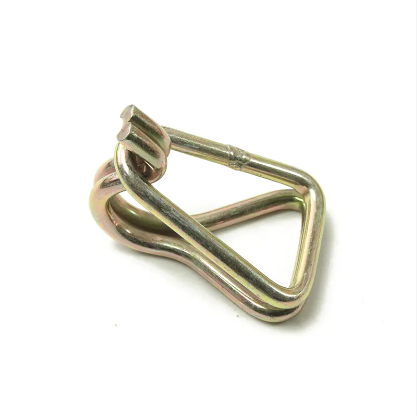Choosing the length of the truck binding belt needs to consider a variety of factors, including the size, quantity, and weight of the goods, the way they are bundled, the distance they are transported, and regulatory and safety requirements. Here are some guidelines to help you choose the right length of truck strap:
Size and quantity of goods: Consider the size, shape, and quantity of goods. If the goods are larger or longer, longer straps may be required to ensure adequate fastening. For multiple shipments, make sure the binding straps can completely cover and secure each shipment.
Cargo weight: The weight of the cargo is an important factor in the selection of binding belts. A lashing belt that is too light may not be able to bear the weight of the goods, while a lashing belt that is too heavy may waste resources. Ensure that the load-bearing capacity of the selected lashing belt is appropriate for the weight of the cargo carried.
Bundling Method: Consider how you plan to secure the goods in the van. Depending on the characteristics of the goods, you may need to hold the goods horizontally or vertically, which will affect the length of the binding tape needs.
Binding point: Consider a fixed point on the truck. The length of the binding belt should be long enough to connect to the fixed point of the truck to ensure the firmness of the fixing.
Shipping distance: Consider your shipping distance. Longer transport distances may require a more stable fixation, so longer binding straps may be required.
Regulations and safety requirements: Different regions and countries may have regulations and safety requirements regarding the transportation of goods. Ensure that the selected strap complies with local regulations and standards to ensure safety compliance.
Reserve margin: In any case, when choosing the length of the binding tape, you should reserve a certain margin to cope with possible adjustments and needs.
In short, the selection of the length of the truck binding belt needs to consider the characteristics of the goods, weight, mode of transport regulatory requirements, and other factors. Consult with professional logistics personnel or suppliers to choose the right length of binding tape according to the actual situation to ensure that the goods are safely fixed during transportation.

















